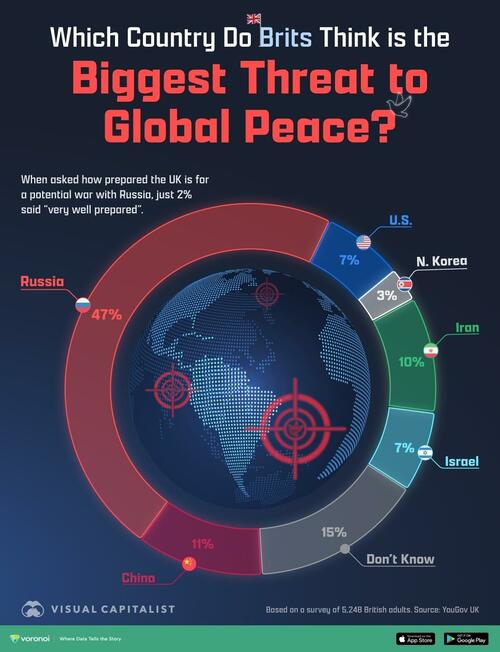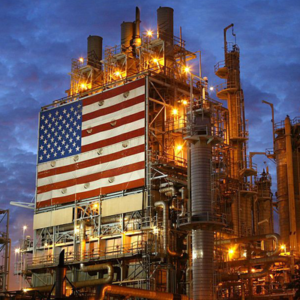
Russia Is The Biggest Threat To Global Peace… According To Brits
Russia Is The Biggest Threat To Global Peace… According To Brits Amid major conflicts in Europe and the Middle East, which country do Brits think is the biggest threat to global peace? To find out, Visual Capitalist’s Marcus Lu visualized data from a YouGov UK survey conducted in April 2024 with a sample size of 5,248 adults. Data and Key Takeaways The data featured in this infographic is also listed in the table below. From these results, we can see that almost half of Brits believe Russia is the biggest threat to world peace. This is of course, due to the ongoing Russia-Ukraine war, along with a variety of historical reasons. When asked about which side was winning the conflict, a majority (44%) of Brits believed neither side had an advantage. 26% believed Russia had the advantage, while only 6% said the same for Ukraine. The country with the second-highest share of responses is China, at 11%. This could be due to the looming threat of China’s potential invasion of Taiwan by 2030. According to other YouGov surveys, 60% of Brits believe China is a rival or enemy of the UK, while only 12% believe the country is an ally or friend. If you enjoy infographics like these, check out the Public Opinion category on Voronoi. Tyler Durden Thu, 11/21/2024 – 05:45




